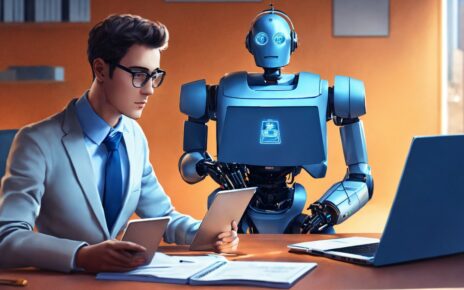Even though they currently play a significant role in people’s lives, computers weren’t always around. You may better appreciate how complex and inventive the development of computers is by understanding their history and how much progress has been made.
The First Computer
In 1614, Nicolaus Cusanus published his book De Mensura Orbis Terrarum (On the Measurement of the Earth). In it he described how to calculate the circumference of the earth using trigonometry. He was the first person to use a mechanical device to perform calculations. His machine consisted of a wooden base with two horizontal arms attached at right angles to each other. A pinion gear connected to a crank turned the gears on the arms. As the arm rotated, a pointer moved along a scale showing the distance traveled. By measuring the angle between the pointers on the ends of the arms, the length of the arc could be calculated.
The Antikythera Mechanism
This ancient Greek mechanism was discovered off the coast of Greece in 1901. It is believed to have been created around 150 BC. It is a complex analog computer that predicted lunar eclipses and tracked the positions of the Sun, Moon, planets, and stars. It may have even had rudimentary weather forecasting capabilities.
The Jacquard Loom
The Jacquard loom was invented in 1801 by Joseph Marie Jacquard who was inspired by the complexity of the looms that weavers used at the time. Weaving was not only a laborious task but weaving patterns were extremely limited. Using punch cards, Jacquard’s loom was able to create almost any design due to its incredible memory. Jacquard’s invention became the foundation for much of today’s modern technology.
The Difference Engine
Designed by Charles Babbage, the Difference Engine was a complicated automatic computing engine that was capable of performing arithmetical operations. It was being built when Babbage died in 1871 and never fully worked. It is now housed in London’s Science Museum where it remains incomplete.
ENIAC
ENIAC was the world’s first digital electronic computer. Developed by John Mauchly and J. Presper Eckert, it was presented on February 14th, 1946. It weighed about 20 tons and was 6′ tall by 9′ long by 12′ wide, weighing 15,600 pounds. It was powered by 25 vacuum tubes and cost $500,000 to build.
Univac I
Univac I was developed by Herman Goldstine and released in 1951. It was designed to replace ENIAC and was less powerful but cheaper. It was sold to IBM in 1957 and serviced until 1985 when it was destroyed in a fire.
UNIVAC II
UNIVAC II was introduced in 1958 by the same company as Univac I, Herman Goldstine. It was faster and more reliable than Univac I. It was sold in 1964 and remained in production until 1990.
1. The first computer was invented in 1642 by Gottfried Leibniz. He designed his machine to calculate pi (π).
2. In 1753, Charles Babbage developed the world’s first mechanical general-purpose programmable digital computer. His design was never built due to lack of funding.
3. In 1822, Joseph Marie Jacquard created the loom that we know today as the Jacquard Loom.
4. In 1837, Samuel Morse sent the first telegraph message over wires using electricity.
5. In 1840, William Stanley Jevons published “The Coal Question”, which described how coal could be used to generate power instead of wood.
6. In 1843, Thomas Edison invented the phonograph.
7. In 1846, Herman Hollerith invented the tabulating machine.
8. In 1847, James Clerk Maxwell discovered electromagnetic waves.
9. In 1849, George Boole published the book “An Investigation of the Laws of Thought”.
10. In 1851, Wilhelm Schickard invented the first automatic typewriter.
11. In 1861, John Russell Pope wrote “On the Construction and Use of the Originator.”
12. In 1862, Alexander Graham Bell patented the telephone.
13. In 1865, Nikola Tesla invented alternating current.
14. In 1866, Henry Moseley discovered the electron.




